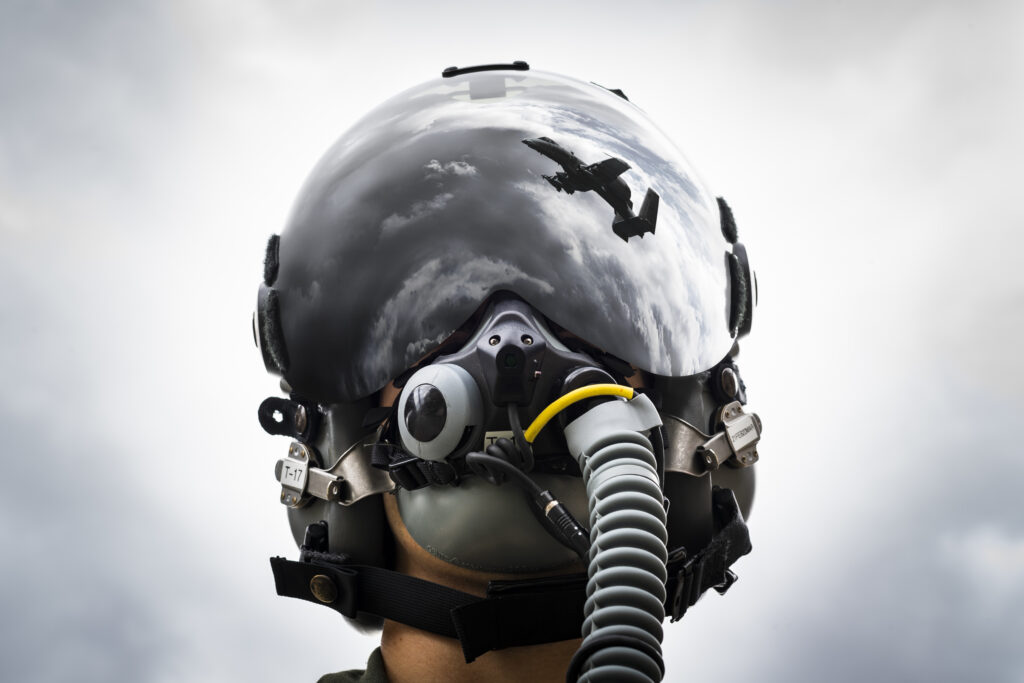Wearable solutions provider Kopin has achieved a “major milestone” in the production qualification of its Organic Light-Emitting Diode (OLED) technology for F-35 helmet-mounted display systems (HMDS).
The capability was developed to support the evolving requirements of the “world’s most advanced jet fighter,” such as augmented reality helmets.
“Much of the functionality is enabled through an advanced augmented reality helmet, which provides the pilot with critical flight, tactical, and sensor information for advanced situational awareness, precision and safety,” a statement from Kopin said.
“The extensive functionality and extreme conditions require unique display technology.”
‘Important Milestone’
According to Kopin, the firm’s OLED display recently completed a full performance validation and is now under preparation for customer qualification and flight trials.
“Performance validation for the new OLED display is an important milestone in the production qualification of our display and confirms the exceptional performance of our OLED technology,” Kopin Business Development and Strategy Vice President Bill Maffucci stated.
“We believe our display is the only one that meets the higher performance requirements for this program because of its high dynamic range, and as a result the Kopin OLED is the only version moving forward into final qualification and full rate production.”
“We believe successful completion of customer testing will enable Kopin to continue as the sole provider of production displays for the F-35 HMDS through two generations of display technologies.”


Kopin’s AMLCD
The latest OLED system was developed simultaneously with the production of Kopin’s Active Matrix Liquid Crystal Displays (AMLCD).
The AMLCD program is currently the sole source of microdisplays for the F-35 HMDS.
Last year, Kopin signed a $4.8-million contract to supply AMLCDs for the US Department of Defense’s F-35 joint strike fighter helmets.
The company is expecting additional microdisplay orders to support US F-35 production until 2030.


